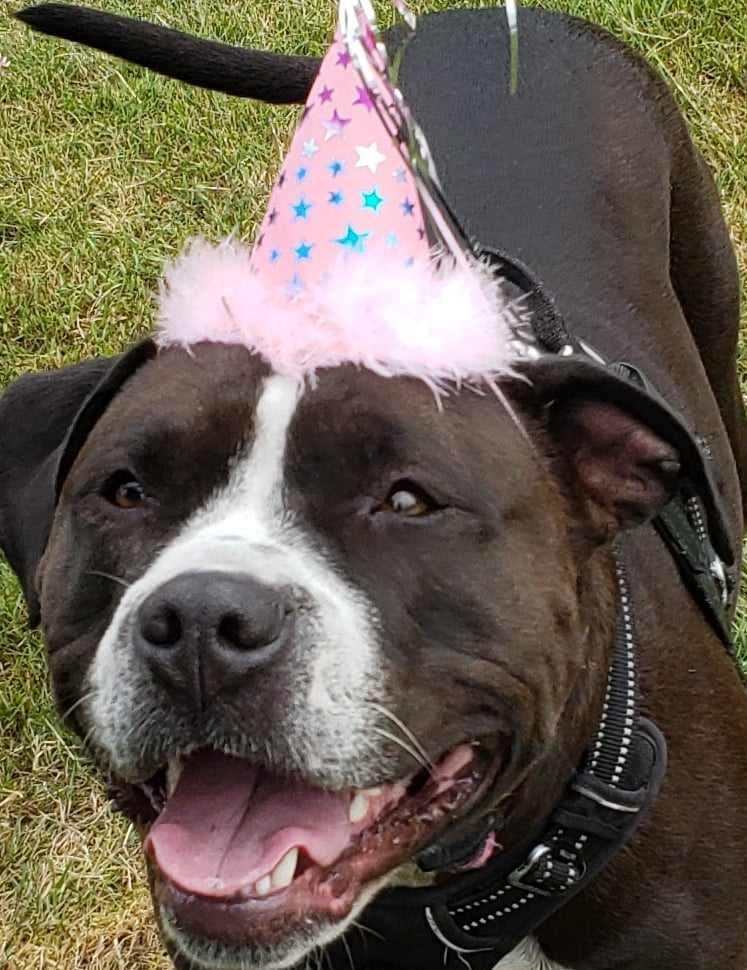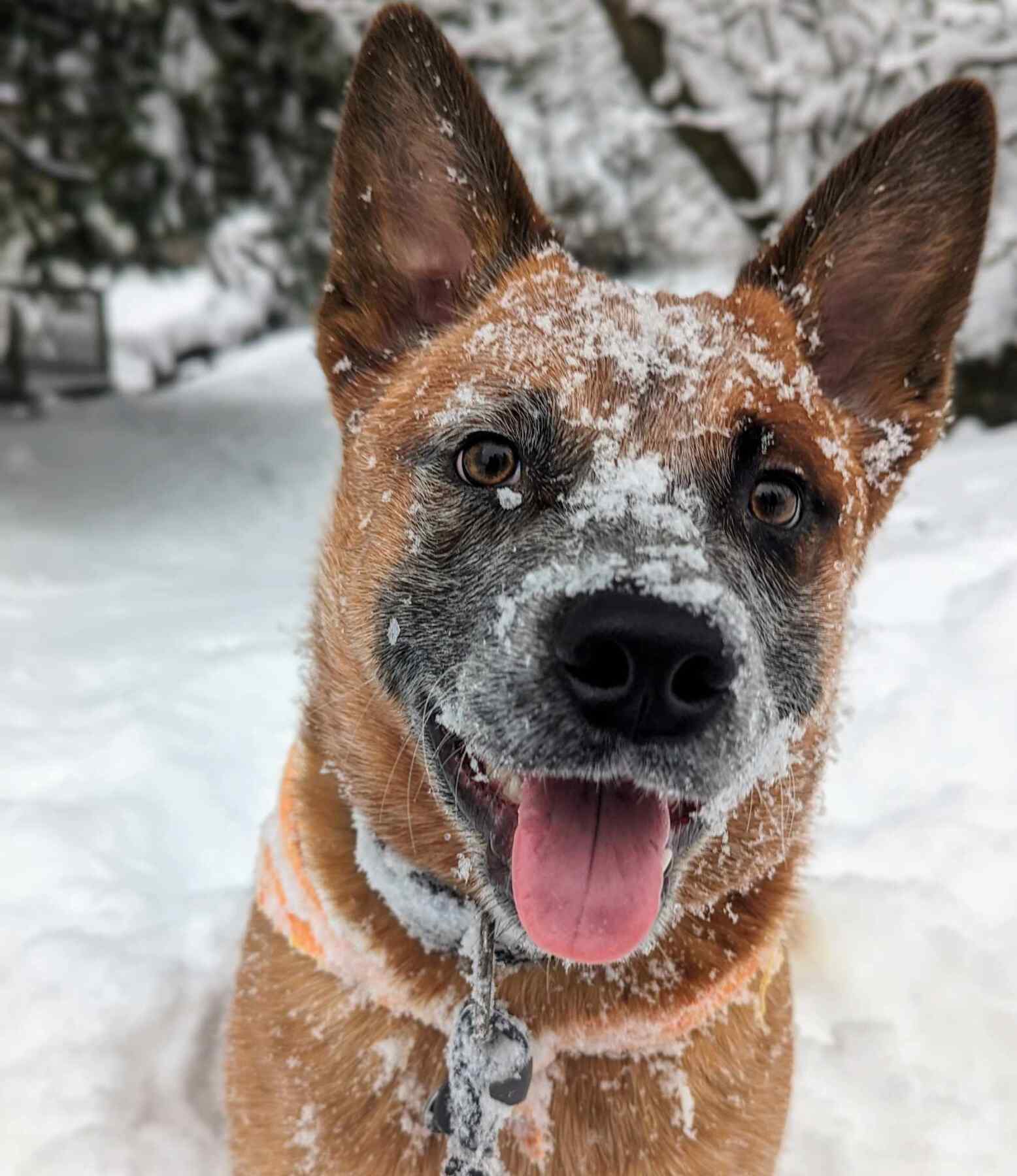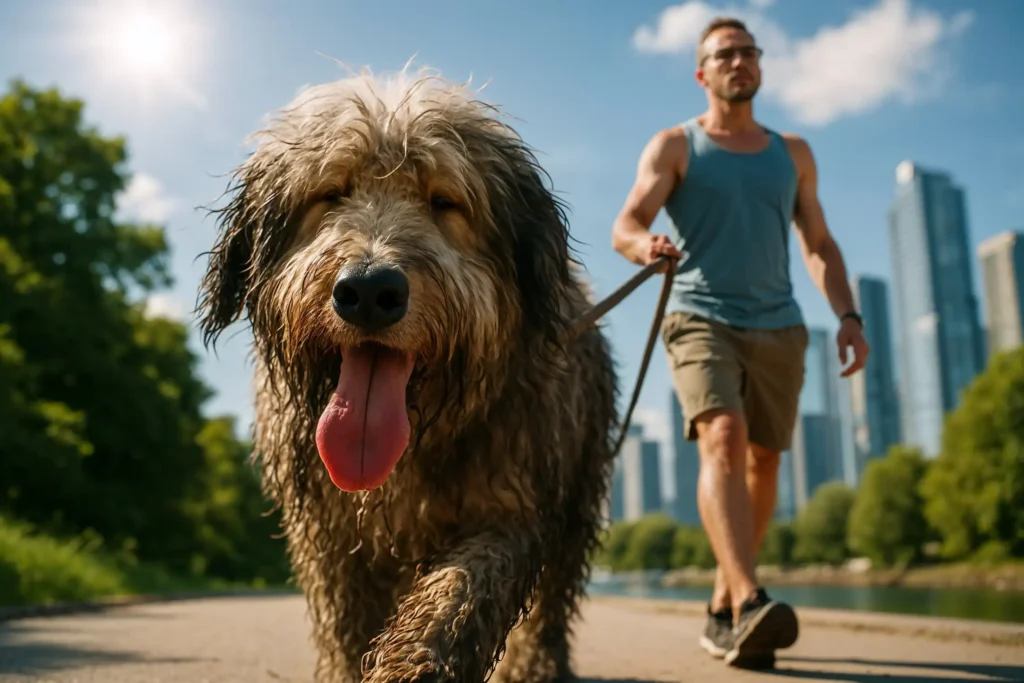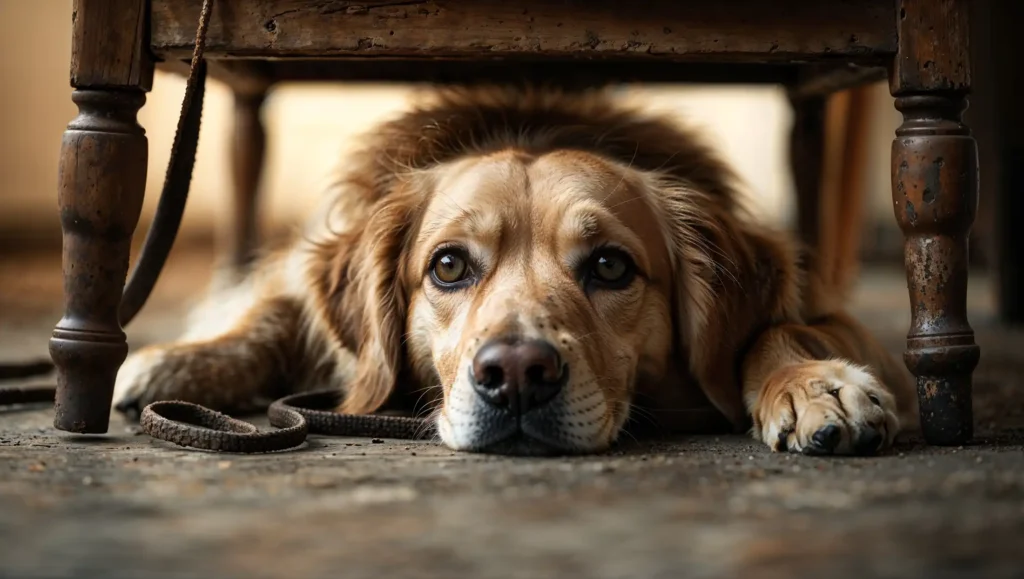Most people – indeed a lot of the clients I work with – are thoughtfully prepared for the puppy stage when they bring their baby dog home. New puppy humans get the crate and the x-pen, the puppy chew toys and the puppy pee pads, the vet visits lined up for core vaccinations, the puppy socialization classes, the puppy food and the training treats and the first harness. They set up playdates and social interactions and do all the things needed in that first stage their puppy will go through after they arrive in their new home. Of course there is frustration with the sleepless nights, and the pee on the rug but mostly new puppy people tend to be very forgiving and tolerant of all the shenanigans that ensue. After all….he’s just a puppy!
And then all that adorable “puppiness” fades and the tolerance drops off sharply. In its place, an adolescent emerges from that puppy who the human is less prepared for and may vaguely recognize. Depending on the puppy/human dynamic, it can be a tough transition. But, regardless, it is a critical one if we wish to create an optimistic, balanced and social adult dog.
By understanding what teenage dogs need and what is going on beneath that fur coat we can give compassion and intention to our work with them in this critical stage of development.
In essence, be ready (and prepared) for the ride. Because it is coming!
Adolescence occurs sometime between 6 and 8 months, the stage between sexual maturity and social maturity. It tapers off, breed and other factors depending, around one and a half to three years of age.

Hormonal, physical and neurological changes are at play here, and you will see many new patterns of behaviour occur. Typical changes include:
- Motivation during training
- Energy levels
- Sleep and resting requirements
- Risk assessment
- Fear (either increased or decreased)
- Independence
- Impulse control
- Reward seeking behaviours
- Ability to stay engaged on things
- Mental stamina
More than at any other time, the teenage brain is governed primarily by the limbic system, an aggregation of brain structures quick like lighting to respond and not all that thoughtful. The “thinking” cortex is still developing and for that adolescent, thinking only occurs when he is in a relaxed state. With all those raging teenage hormones potentially disrupting thought processing, we have work to do!
Because adolescent brains have neuroplasticity, unlike adult brains, our work with them needs to create a dog open to change and optimistic to interactions within his environment. Resistance to change and fear causes an overactive limbic system, which we want to avoid.
So what does the adolescent dog need?
The adolescent needs quality connection with you. He needs you to manipulate the environment in such a way that the connection is easy and you are not competing with external factors. The dog park is not that place! Training and interactions need fewer distractions and instead of increasing the degree of difficulty in those training exercises, change the context in which they occur.
He needs choices. Being a choice-based trainer is important here. Your dog needs agency and the freedom to discover those beneficial behaviours. Our job is to manipulate the environment such that good choices are obvious – and of course, we need to protect him from making bad choices. Leslie McDevitt’s Pattern Games are fantastic for the adolescent dog. Understanding choice based training is a big shift from what most of us were taught dog training should look like.
Your dog needs free time to explore, and this comes at a time when his off-leash recall is at its worst. A 20 foot long line attached to the back clip on his harness is your friend. Trust me on this – get a biothane leash because that leash is going to get mucky! You both need a quiet field and space to sniff and roam. This might need getting in the car, and getting up early to find those lovely spots. But I promise you, those walks will be lifetime memories in the making.
Besides sleep (which he needs a LOT of) the adolescent dog needs to learn how to relax. A mat relaxation protocol is a great tool during this stage to bring into your work together. I use a few relaxation exercises and these will be highly transferable life skills for the future. We want to teach him that he can relax anywhere, anytime. This takes practice. Work in this area should only takes a few minutes a day. I am not a fan of endless stationing at this age.
The adolescent also needs to learn how to work around reinforcement and where that reinforcement occurs, as well as what he needs to do to get it. Location specific markers create clarity and delayed reinforcement fosters better impulse control. The training at this stage should reinforce their attempts, their attitude and their willingness to engage. Leave perfection for later on! How many of us are perfect as teenagers?
The adolescent needs to build confidence through his body and being aware of those four limbs. Getting up and over and on and under different substrates and obstacles safely are encouraged. Much like putting our child in figure skating, volleyball or dance, we are helping our adolescent discover and celebrate their body. Be intentional about this stuff. It is not about running haphazardly through the woods! Find a senior puppy agility-type class with an experienced instructor if you feel you need extra support here, or a trick class.
Your adolescent dog also needs play time. He needs to play and be with other dogs – and he needs to play with you. This does not mean turning him loose in a dog park with the active limbic system all fired up, unsupported in his choices and the dogs interacting with him! It means choosing dogs that match your dog’s play style and allowing for appropriate, safe play that can be easily manipulated by the humans if needed. Besides playing with other dogs, he needs to play with you and to find joy, outside of structured training, to be a dog in your presence.
Working with a trainer who recognizes this stage of development can help you create a training program that supports the transition into and out of adolescence for your dog. Shift from rote obedience classes towards training that supports a more game and choice-based perspective. This will help you connect with your teenage dog on a deeper level and support his confidence and development into adulthood. By adopting a more forgiving and less “big-picture approach” to the adolescent, you can help your dog reach his full adult potential.
It is a matter of consistency and time.



